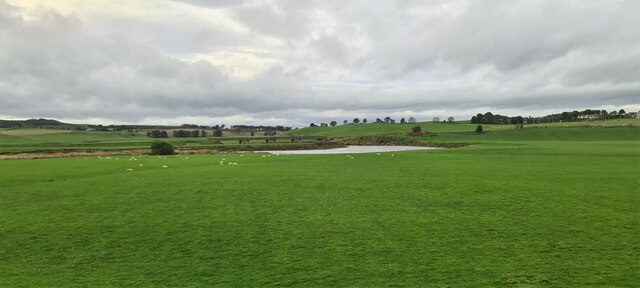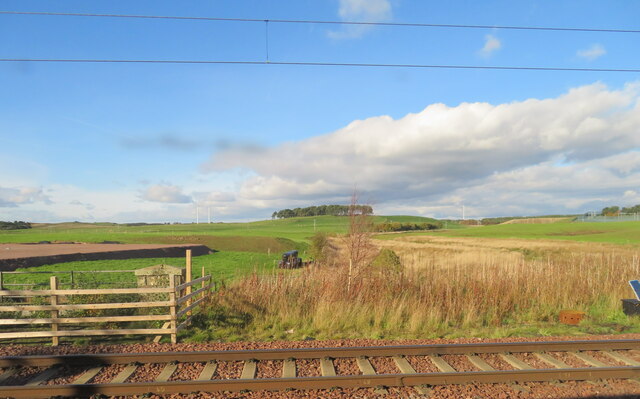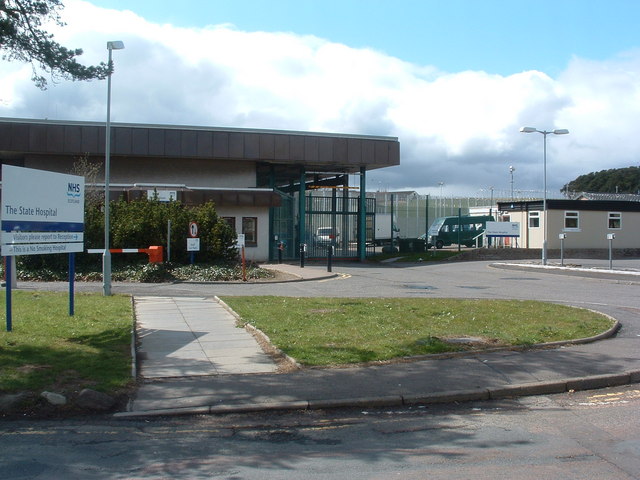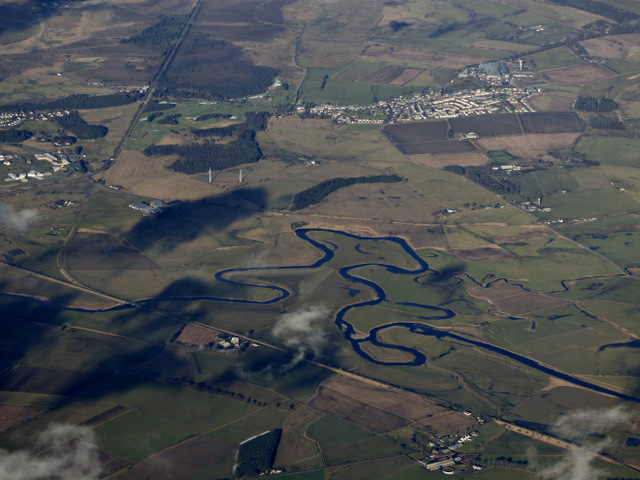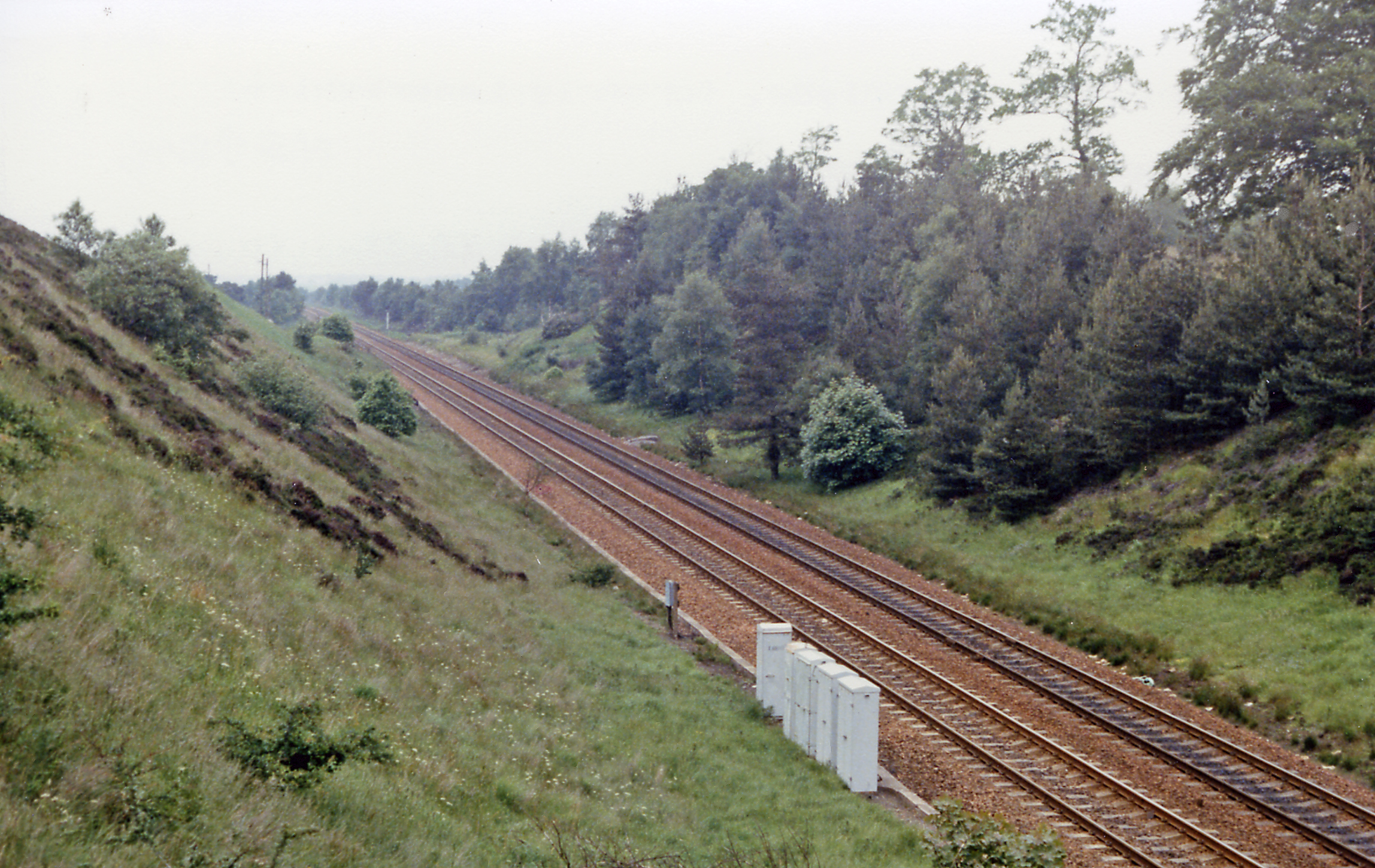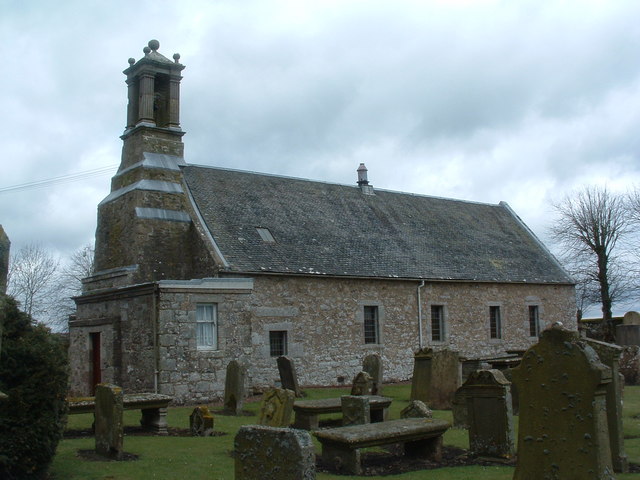The Dean
Valley in Lanarkshire
Scotland
The Dean

The Dean, located in Lanarkshire, Scotland, is a picturesque valley known for its stunning natural beauty and rich history. Situated in the southern part of the country, The Dean offers visitors a tranquil retreat from the hustle and bustle of city life.
The valley is characterized by its rolling hills, lush green landscapes, and meandering streams, making it a haven for outdoor enthusiasts and nature lovers. Hiking and walking trails are abundant, providing opportunities to explore the valley's diverse flora and fauna. The Dean is particularly famous for its vibrant wildflower displays during the spring and summer months.
Historically, The Dean played a significant role in the region's industrial development. The valley was once a bustling coal mining area, and remnants of this industrial past can still be seen in the form of old mine shafts and disused railway lines. The mining heritage has left a lasting impact on the local community and is an essential part of the area's identity.
In addition to its natural beauty and industrial history, The Dean boasts several charming villages and hamlets. These settlements feature traditional stone cottages, quaint shops, and friendly locals, offering visitors a glimpse into rural Scottish life. The community takes pride in preserving its cultural heritage, and various events and festivals are organized throughout the year to celebrate the local traditions.
Overall, The Dean, Lanarkshire, is a hidden gem that combines stunning landscapes, a rich industrial past, and a warm community spirit. Whether you are seeking outdoor adventures, historical exploration, or a peaceful getaway, The Dean has something to offer for everyone.
If you have any feedback on the listing, please let us know in the comments section below.
The Dean Images
Images are sourced within 2km of 55.689356/-3.6363616 or Grid Reference NS9745. Thanks to Geograph Open Source API. All images are credited.





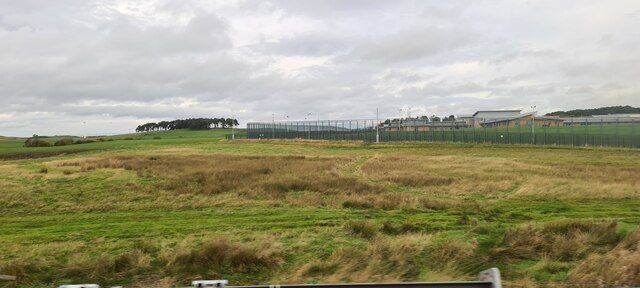
The Dean is located at Grid Ref: NS9745 (Lat: 55.689356, Lng: -3.6363616)
Unitary Authority: South Lanarkshire
Police Authority: Lanarkshire
What 3 Words
///spearing.sleeps.comically. Near Carnwath, South Lanarkshire
Nearby Locations
Related Wikis
Bankhead (Lanarkshire) railway station
Bankhead railway station served the isolated settlement of Bankhead, east of Carstairs Junction in South Lanarkshire, Scotland from 1867 to 1945 on the...
State Hospital
The State Hospital (also known as Carstairs Hospital, or simply Carstairs) is a psychiatric hospital in the village of Carstairs, in South Lanarkshire...
Carnwath
Carnwath (Gaelic: A' Chathair Nuadh; English: "New Fort") is a moorland village on the southern edge of the Pentland Hills of South Lanarkshire, Scotland...
Carnwath railway station
Carnwath railway station was located just west of the village of Carnwath, on the Caledonian Railway line between Carstairs railway station and Edinburgh...
Carstairs railway station
Carstairs railway station serves the village of Carstairs in South Lanarkshire, Scotland and is a major junction station on the West Coast Main Line (WCML...
Carstairs Junction
Carstairs Junction (Scottish Gaelic: Snaim Caisteal Tarrais) is a village in South Lanarkshire. Taking its name from the village of Carstairs and nearby...
South Medwin River
South Medwin, sometimes spelled Medwyn, is a river in the Lanarkshire region of Scotland. Along with the confluence of the North Medwin River it forms...
Pettinain
Pettinain is a hamlet and civil parish in South Lanarkshire, Scotland, 7 miles (11 km) east of Lanark. Bartholomew's Gazetteer of the British Isles described...
Nearby Amenities
Located within 500m of 55.689356,-3.6363616Have you been to The Dean?
Leave your review of The Dean below (or comments, questions and feedback).









